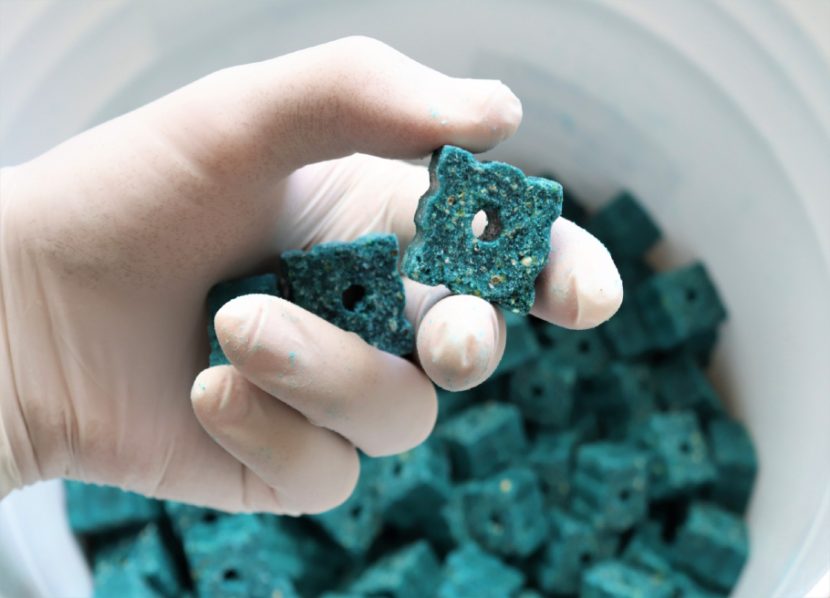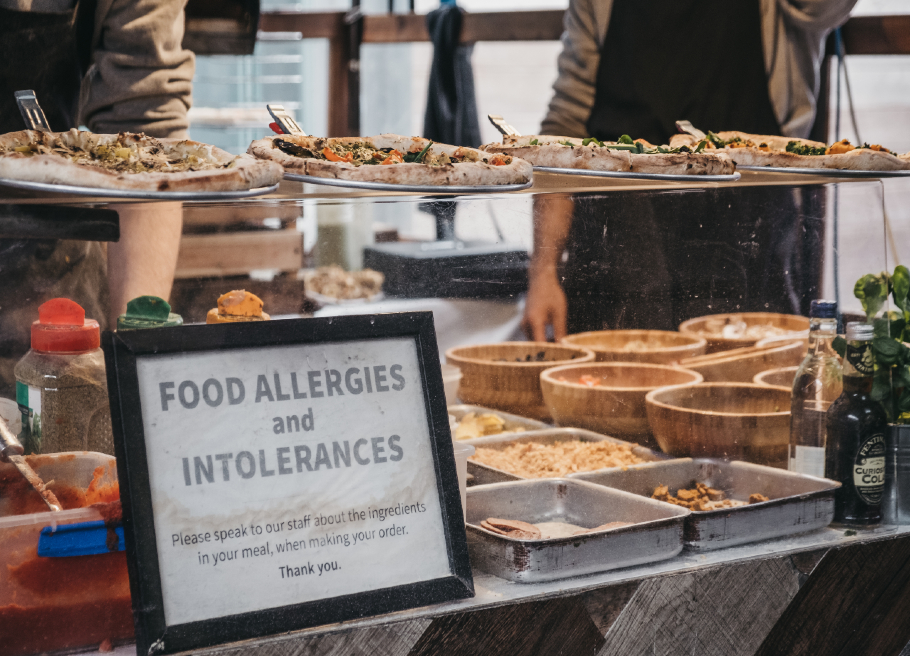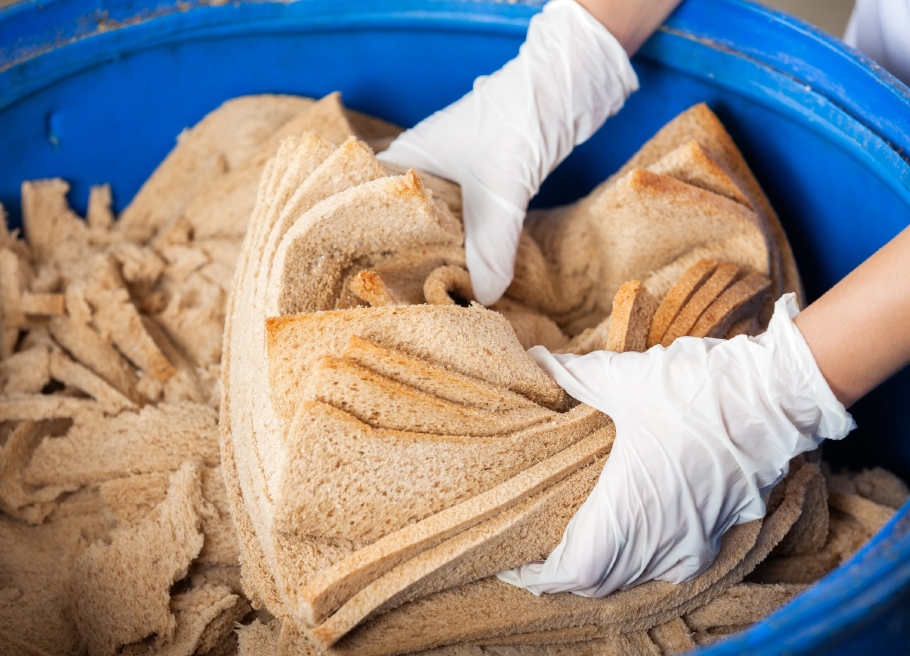Sanitation Symbiosis: Winning the War Against Pests in Food Processing Facilities
By Zia Siddiqi
Food processing facilities play a crucial role in ensuring the safety and quality of the food supply chain, especially in preventing foodborne illnesses caused by a pest infestation. The Food Safety Modernization Act (FSMA), enacted in 2011, emphasized a risk-based, preventive approach to implement food safety. Under FSMA, the FDA requires comprehensive, science-based preventive controls across the food supply chain.
This means that food facilities under FSMA must use the Hazard Analysis and Risk-Based Preventive Controls (HARPC) approach. Though HARPC shares similar goals with Good Manufacturing Practices (GMPs) and the Hazard Analysis and Critical Control Points (HACCP) system, it uniquely focuses on proactively identifying and addressing potential food supply threats. Preventive controls for pest management include identifying the potential pests that can enter a facility and a documented, science-based program that will prevent and manage pests, thus preventing any food contamination.
Two integral components of maintaining effective food safety standards are sanitation and pest management. Both form a symbiotic relationship essential for preventing contamination, safeguarding public health, and meeting regulatory requirements. Let’s delve into how sanitation and pest management work together in food processing facilities.
Effective sanitation programs not only ensure regulatory compliance, they make food safer, especially when paired with the following tried and true pest management practices.
Integrated Pest Management (IPM) is a holistic approach that integrates multiple strategies to control pests. This approach considers control methods that are biological, chemical, and physical (e.g., exclusion, pest-proofing, and trapping), which minimizes the reliance on pesticides alone. Implementing IPM alongside robust sanitation practices creates a synergistic defense against pests, reducing the likelihood of an infestation. Notably, IPM has evolved since its endorsement in Nixon’s 1972 Environmental Quality Initiative and through subsequent mandates like the Food Quality Protection Act of 1996. The National Pest Management Association’s 2017 definition of IPM emphasizes inspection, identification, and treatment. Treatment options include sealing cracks and crevices, and removing food and water sources, to using pesticides when necessary.
A successful pest prevention program in food processing facilities should focus on:
- Pest Needs: Identifying and eliminating things that attract pests such as easy access to food, water, and harborage.
- Inspection Sites: Actively looking for pests is key, so it’s important to also look underneath, around, beneath, and on top of equipment and machinery.
- Preventive Solutions: Implementing cleaning, sanitation, maintenance, and exclusion measures.
Sanitation is Important and Challenging for Food Processing Facilities
A food processing facility is a sensitive environment with several factors that will naturally attract pests and help them survive and spread. At the same time, commercial food operations that involve the manufacturing, storage, transportation, and distribution of food products are highly regulated. Pests, such as rodents, insects, and birds, pose a significant threat by contaminating products, spreading diseases, and causing structural damage to the facility. This is why sanitation is the cornerstone of food safety. Effective sanitation programs meet regulatory standards and involve practices that maintain a clean environment and prevent microbial and cross-contamination, thus improving food quality.
Anatomy of an Effective IPM Program for Food Processing
Effective sanitation programs not only ensure regulatory compliance, they make food safer, especially when paired with the following tried and true pest management practices.
Structural Exclusion
Preventing pests from entering the facility is a fundamental aspect of pest management. This involves identifying and sealing potential entry points, such as gaps in walls, doors, and windows. Maintaining a well-sealed facility inhibits pest access and enhances the effectiveness of sanitation efforts by reducing the likelihood of contamination. In addition, review the exterior of the building including the roof, vegetation, and moisture management to eliminate pest harborages.
Waste Management and Environmental Control
Residual food and waste attract pests, making effective waste disposal essential in preventing infestations. Regular removal of waste and implementing secure disposal methods contribute to a cleaner environment and discourage pest activity.
Temperature, humidity, and lighting conditions can also impact microbial growth and pest activity. By maintaining optimal temperatures and reducing excess moisture, food processing facilities can create an inhospitable environment for pests and inhibit the proliferation of harmful microorganisms.
Key Steps for Integration
The symbiotic relationship between sanitation and pest control requires a holistic approach. Sanitation programs should eliminate environments conducive to pests’ survival, and pest management measures should safeguard against potential contamination. Below are some additional items to consider when implementing a sanitation-based pest management program:
- Cooperation and a shared commitment between the facility management and the pest management service provider is important.
- Monitoring tools, including remote sensing, can be useful.
- Facility safety and pest control plans should have pre-established thresholds so there is no question when decisive action is required.
- The pest control strategies that can be leveraged include biorational insecticides, insect growth regulators and pheromones, non-chemical measures like sanitation and physical exclusion, and chemical solutions starting with the least toxic formulations.
- Detailed and engaging training for staff is essential, as is clear communication about program goals and responsibilities.
- Managers should prioritize documentation and record keeping, and host periodic review meetings to analyze trends and modify the program as necessary for continual improvement.
Sanitation in a food processing facility is a never-ending cycle, and the intricate dance between sanitation and pest management is essential for maintaining the safety and integrity of the food supply chain.
About the Author
Zia Siddiqi is a board-certified entomologist, who serves as a technical consultant in urban and industrial pest management. He obtained his Ph. D. in entomology from North Carolina State University and more than 40 years of experience in urban and industrial pest management, with a focus on food safety. He has worked across the globe and has designed several successful IPM programs. He led the first ISO 9000 certification of a pest management program in 1994, and designed Orkin’s food safety-based “Gold Medal” pest management program for the food industry.

-
 FeaturedRisk management
The Cost of a Breach: What a Cyberattack Could Mean for Food Safety Recalls
FeaturedRisk management
The Cost of a Breach: What a Cyberattack Could Mean for Food Safety Recalls
-
 FeaturedRisk management
Securing the Food Chain: How ISO/IEC 27001 Strengthens Cybersecurity
FeaturedRisk management
Securing the Food Chain: How ISO/IEC 27001 Strengthens Cybersecurity
-
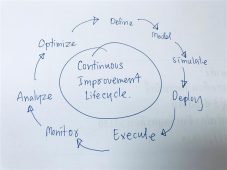 FeaturedRisk management
Revolutionizing Food Safety Training: Breaking Out of the “Check-the-Box” Mentality
FeaturedRisk management
Revolutionizing Food Safety Training: Breaking Out of the “Check-the-Box” Mentality
-
 GFSI Standards
GFSI 2025: Building Trust, Tech-Forward Solutions, and Global Unity in Food Safety
GFSI Standards
GFSI 2025: Building Trust, Tech-Forward Solutions, and Global Unity in Food Safety
-
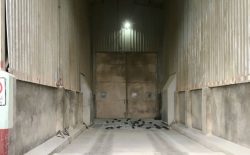 FeaturedFood Safety
Integrated Pest Management: Strategies to Protect Your Brand’s Reputation
FeaturedFood Safety
Integrated Pest Management: Strategies to Protect Your Brand’s Reputation
-
 FeaturedFood Safety Culture & Training
No Open Door Policy: Challenges That Impact Pest Control in Food Processing Plants
FeaturedFood Safety Culture & Training
No Open Door Policy: Challenges That Impact Pest Control in Food Processing Plants

